
“Kashmir: A Historical and Contemporary Perspective”
“Introduction:”
Kashmir, located in the northernmost part of the Indian subcontinent, has a rich and complex history. The region has been home to various empires, dynasties, and religions over the centuries, leading to a diverse cultural landscape. However, the region has also been marked by political and social conflicts, particularly the ongoing Kashmir conflict between India and Pakistan.
The current political situation in Kashmir remains tense, with the region being administered as a union territory by the Indian government. The abrogation of Article 370 of the Indian constitution in 2019 has been a controversial move, leading to protests and international scrutiny. The region has also faced issues related to human rights violations, including restrictions on communication and movement, as well as accusations of excessive use of force by security forces.
The Kashmir conflict continues to be a major point of contention between India and Pakistan, with both countries claiming sovereignty over the region. The conflict has led to a complex web of political, social, and economic issues, and efforts towards resolving it remain ongoing.
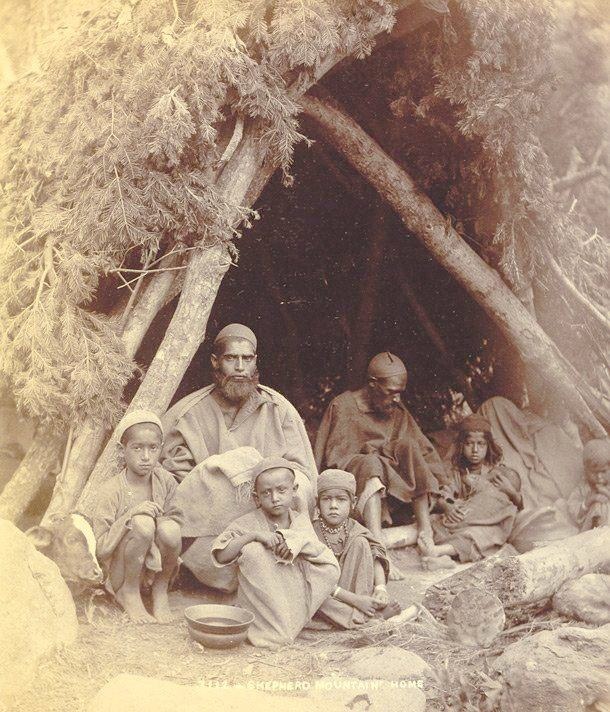
The Early History of Kashmir:
The early history of Kashmir is shrouded in myth and legend, but it is believed to have been inhabited since prehistoric times. The region is said to have been originally populated by a tribe of people called the Dards, followed by other groups such as the Khasas and the Nagas.
The first historical mention of Kashmir dates back to the 3rd century BCE, when the region was ruled by the Mauryan Empire. Over the centuries, Kashmir came under the rule of various empires and dynasties, including the Kushans, the Guptas, and the Mughals.
In the 14th century, the region was ruled by the Shah Miri dynasty, which established Islam as the dominant religion in the area. The region later came under the rule of the Chak dynasty, followed by the Mughal Empire.
Throughout its early history, Kashmir was known for its natural beauty and resources, which made it a desirable region for trade and conquest. The region was also known for its arts and culture, including the development of the Kashmiri language and literature.
Despite its early history of diverse rule and cultural influence, the region of Kashmir has faced ongoing conflicts and challenges in modern times, including the Kashmir conflict between India and Pakistan.

The Mughal Empire:
The Mughal Empire had a significant impact on the region of Kashmir, especially during the reign of Emperor Akbar the Great. Akbar annexed Kashmir into the Mughal Empire in 1586, bringing the region under the control of the central administration.
Under Mughal rule, Kashmir experienced a period of peace and prosperity, with significant investment in infrastructure, such as the construction of the famous Shalimar Gardens and the expansion of the canal system. Akbar also introduced a number of reforms, including the abolition of the jizya tax on non-Muslims and the establishment of a new system of land tenure.
However, the Mughal rule was not without its challenges, as the region faced repeated invasions by the Afghan tribes and the rise of local rebellions. Mughal rule over Kashmir began to decline in the 18th century, with the region becoming increasingly vulnerable to external invasions.
Overall, the Mughal Empire had a significant impact on the political and cultural landscape of Kashmir, with its legacy visible in the region’s architecture, art, and society.

The Dogra Rule:

The Dogra Rule refers to the period of rule by the Dogra dynasty in Jammu and Kashmir from 1846 to 1947. The Dogras were a Hindu dynasty that originated from the Dogra region in the present-day Indian state of Himachal Pradesh.
In 1846, after the First Anglo-Sikh War, the British East India Company transferred the control of Jammu and Kashmir to Maharaja Gulab Singh, the founder of the Dogra dynasty, in return for his services. The Dogras continued to rule the region as a princely state under the British Raj until 1947.
Under the Dogra rule, Jammu and Kashmir saw significant changes, including the expansion of the state’s territory and the introduction of administrative and economic reforms. However, the Dogra rule was also marked by the use of force and repression against the people of the region, especially in the Muslim-majority areas.
The policies of the Dogra rulers contributed to the rise of political grievances and a sense of alienation among the Muslim population of the region, which would later fuel the demand for self-determination and independence. The end of the Dogra rule came with the partition of India and the creation of the independent nations of India and Pakistan in 1947, leading to the emergence of the Kashmir conflict.
The Partition of India and the Kashmir Conflict:
The partition of India in 1947 led to the creation of two independent nations, India and Pakistan, and the division of British India along religious lines. The partition was accompanied by widespread violence and displacement, with millions of people uprooted from their homes.
One of the key issues that emerged during the partition was the status of the princely states, including Jammu and Kashmir, which were not included in the partition plan. Jammu and Kashmir was a predominantly Muslim state ruled by a Hindu ruler, and its status became a subject of dispute between India and Pakistan.
In 1947, the ruler of Jammu and Kashmir, Maharaja Hari Singh, initially chose to remain independent, but faced pressure from both India and Pakistan. In October of that year, Pakistani forces invaded the state, leading to a war between India and Pakistan. The war ended in a ceasefire, with the region divided between India and Pakistan along a ceasefire line.
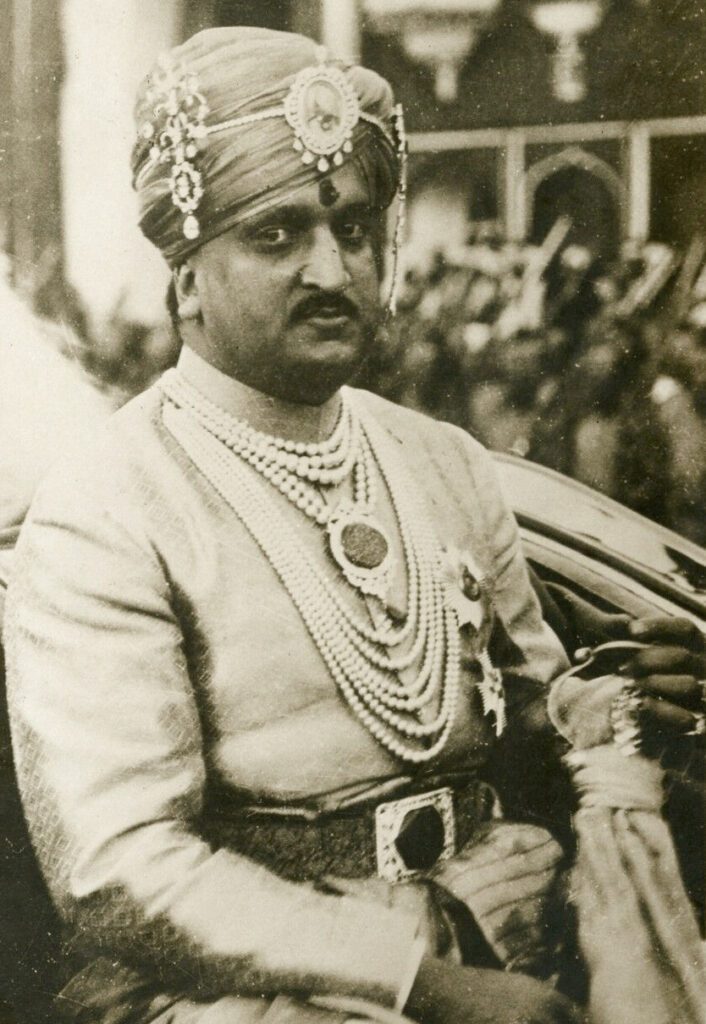
The Kashmir conflict has remained unresolved since then, with both India and Pakistan claiming the region as their own. The conflict has led to ongoing violence and unrest in the region, as well as human rights violations and the rise of insurgent groups.
Efforts to resolve the Kashmir conflict have been ongoing, including diplomatic initiatives and peace talks. However, a lasting solution remains elusive, with both India and Pakistan refusing to cede their claims to the region.
The Kashmir War’s:

The Kashmir conflict has led to a series of wars between India and Pakistan, with both countries claiming the region as their own. The first war took place in 1947-48, shortly after the partition of India, when Pakistani forces invaded the region. India responded by sending its own forces, and the conflict ended in a ceasefire agreement, with the region divided between India and Pakistan along a ceasefire line.
The second war took place in 1965, when Pakistan launched an attack across the ceasefire line. India responded with a counter-attack, and the conflict ended in a ceasefire after three weeks of fighting.
The third war took place in 1971, when India intervened in the civil war in East Pakistan (now Bangladesh), which led to the creation of Bangladesh. The conflict also involved fighting in the western sector, including Kashmir. The war ended with the signing of the Shimla Agreement, which reaffirmed the ceasefire line as the Line of Control (LoC) between India and Pakistan.
Since then, the LoC has remained a heavily militarized zone, with regular reports of skirmishes and violence. The conflict has also led to the rise of insurgent groups in the region, leading to ongoing violence and unrest.
Efforts to resolve the Kashmir conflict have been ongoing, including diplomatic initiatives and peace talks. However, a lasting solution remains elusive, with both India and Pakistan refusing to cede their claims to the region. The Kashmir wars have had a significant impact on the political and social landscape of the region, with ongoing tensions and uncertainty
The History and Role of Kashmiri Pandits
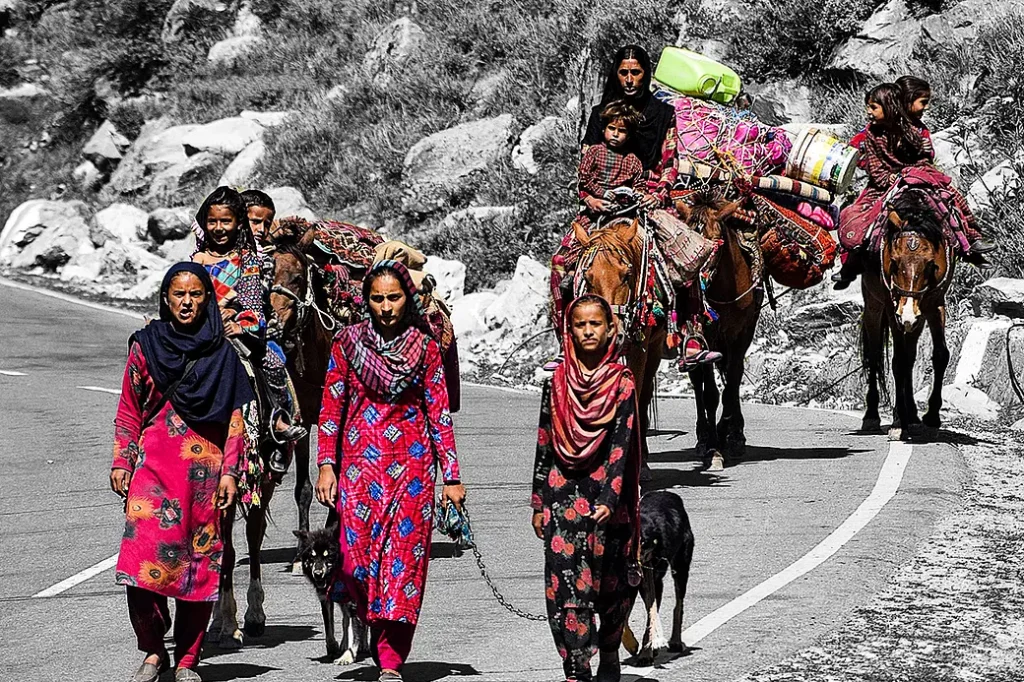
Kashmiri Pandits are a Hindu community native to the Kashmir Valley. They have a long history in the region, dating back to ancient times. The Kashmiri Pandits played a prominent role in the cultural and intellectual life of Kashmir, with many prominent scholars, poets, and philosophers hailing from the community.
In the 14th century, the Kashmiri Pandits faced persecution under the rule of Sultan Sikander, leading to the migration of many Pandits to other parts of India. However, the community continued to play an important role in the region’s society, economy, and politics.
In recent times, the Kashmiri Pandit community has faced significant challenges, particularly as a result of the insurgency in Kashmir. Many Pandits were forced to flee the region in the 1990s, as a result of threats and violence by militant groups. The exodus of the Kashmiri Pandits has been a significant issue in the region, with efforts underway to facilitate their return and ensure their safety.
The Insurgency in Kashmir:
The insurgency in Kashmir refers to the ongoing conflict between Indian security forces and militants in the region. The insurgency began in the late 1980s, with demands for independence and self-determination by various groups in the region. The conflict has been marked by violence and human rights violations on both sides, with frequent reports of killings, disappearances, and torture.
The insurgency has been fueled by a range of factors, including political grievances, economic marginalization, and a sense of alienation from the Indian state. Pakistan’s support for militant groups in the region has also contributed to the conflict.
Efforts to resolve the insurgency have been ongoing; including initiatives for dialogue and peace talks, but a lasting solution has remained elusive. The situation remains tense, with regular reports of violence and unrest in the region. The insurgency continues to pose a challenge to the stability and security of the region.
The Current Situation:

The current situation in Kashmir is marked by ongoing tensions and conflict. The region remains under heavy military presence, with curbs on communication and internet services. The human rights situation in the region remains a cause of concern, with reports of extrajudicial killings, enforced disappearances, and torture.
The abrogation of Article 370 and the bifurcation of the state into two union territories have added to the uncertainty and unrest in the region. The move has been met with protests and resistance, with many viewing it as an attack on the identity and autonomy of the people of Jammu and Kashmir.
The COVID-19 pandemic has also impacted the region, with a rise in cases and concerns over the availability of healthcare facilities. The political and social aspects of the Kashmir conflict remain unresolved, with both India and Pakistan claiming the region and the people of Kashmir caught in the middle.
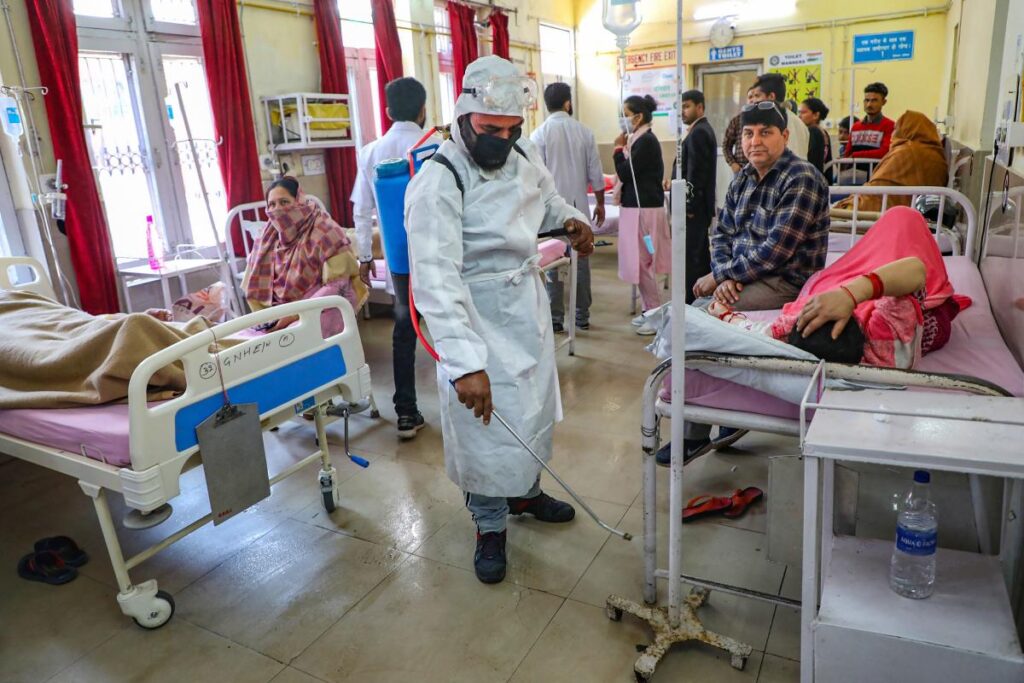
The Abrogation of Article 370:
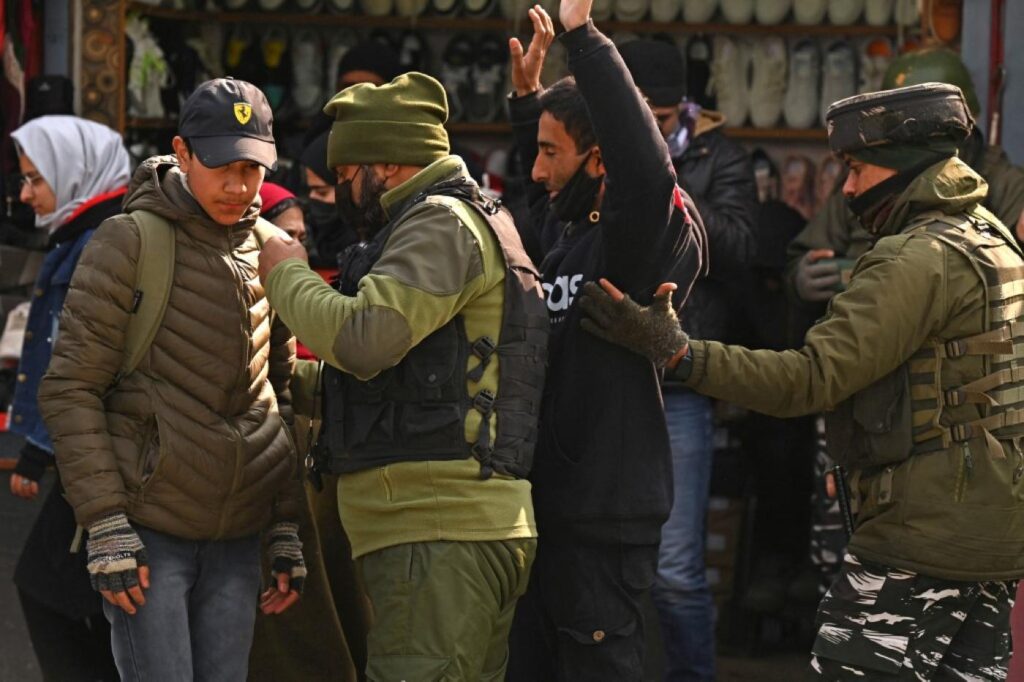
In August 2019, the Indian government abrogated Article 370 of the Indian constitution, which granted special status to the state of Jammu and Kashmir. This move revoked the state’s autonomy, and brought it under direct control of the central government in New Delhi. Along with this, the government also bifurcated the state into two union territories, Jammu and Kashmir, and Ladakh.
The abrogation of Article 370 was a controversial move that drew criticism from various quarters, with some viewing it as a violation of the rights of the people of Jammu and Kashmir. The government defended the move, stating that it would bring development and economic opportunities to the region, and help integrate it more closely with the rest of the country.
The impact of the abrogation of Article 370 on the situation in Kashmir remains a subject of debate, with some arguing that it has worsened the situation, while others believe that it will lead to long-term stability and prosperity for the region.
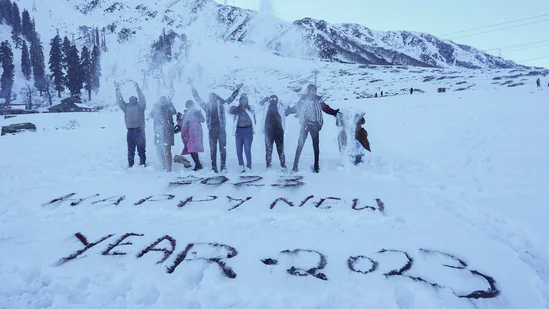
Disclaimer:
The information provided in this article is based on research and available sources as of the date of writing. While efforts have been made to ensure the accuracy and completeness of the information, the author and the platform cannot be held responsible for any errors or omissions or for any actions taken based on the information provided. The views and opinions expressed in this article are those of the author and do not necessarily reflect the official policy or position of the platform. The article is intended for informational purposes only and should not be construed as legal or professional advice. Readers are advised to consult with relevant authorities and experts before making any decisions or taking any actions related to the topic discussed in this article.

Excellent write-up